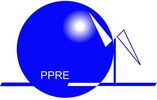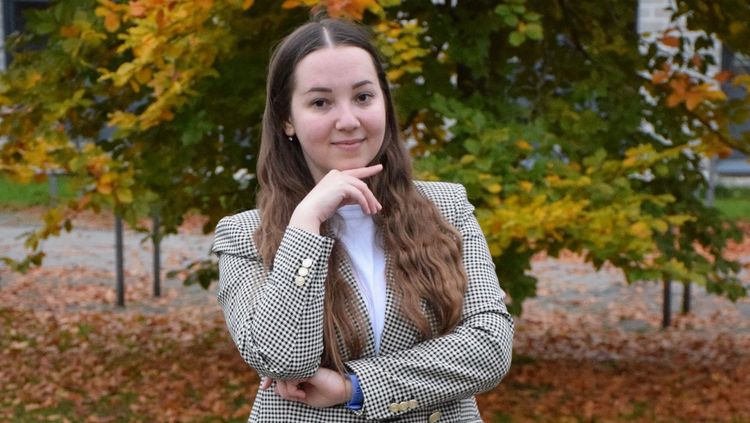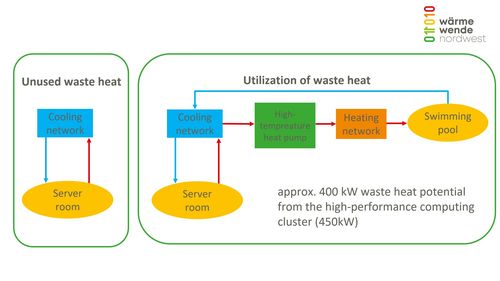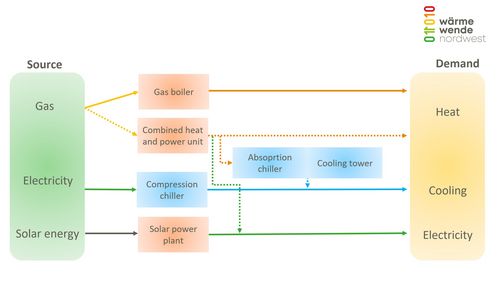Around 40% of global CO2 emissions are currently being emitted in the building sector. Heating and cooling processes play a major role in this area. The University of Oldenburg has numerous large-scale units for heating, ventilation and cooling, among other things. In research field 4 of the project Wärmewende Norwest, several innovative cooling and heating systems are to be implemented and process-coupled with the goal to reduce electricity costs and CO2 emissions.
Firstly, as shown in Figure 1 a high-temperature heat pump is being implemented in a cooling network of one of the server rooms at the UOL.
Figure 1: Cooling network of the server room - conventional cooling with unused waste heat potential (left) and waste-heat utilizing cooling (right). Simplified.
For the heat transition, it is not just about minimizing energy consumption, but also using energy as efficiently as possible and using “by-products”, such as waste heat, sensibly. Around 400kW waste heat from the 450kW high-performance computing cluster can be potentially captured via a high-temperature heat pump. On the other side, there is a constant consumer of the heating at the University, which is a swimming pool.
Secondly, in order to take advantage of the synergy effect, it is necessary to link different processes such as cooling, heating, power generation and ventilation. This coupling is demonstrated in Figure 2.
Figure 2: System coupling – direct generation pathways (solid lines) and alternative generation pathways (dashed lines)
Combined heat and power (CHP) unit generates electricity and heating. In summer the heating load naturally drops, and therefore it reflects a low annual utilization of a CHP with its associated electricity generation. To increase the CHP operating hours, the absorption chiller can be coupled in the system. In summer, the absorption chiller could cover a significant amount of cooling load, which is a great choice compared to conventional compression chillers. In winter, the cooling tower, which is a necessary component for the absorption chiller, operates in a free-cooling mode allowing to use less electrical power.
Finally, since the library was built in 1979, the library's central supply and exhaust air systems have supplied the building with preconditioned air. Within the scope of the WWNW project the central equipment is to be renewed and the heat demand of the ventilation system is to be supplied via the waste heat of the refrigeration system.
The main research goals of the research field 4 are as following:
- Identifying the synergy potential of the existing and new appliances;
- Creating control strategies, which would contribute to the heat transition goals;
- Bringing out digitalization with its the intelligent use of resources;
- Opening for public the gathered data, which can be used by interested research companies, students or other individuals;
- Gathering artefacts of the work results which are to be used in teaching at the UOL;
- Making the developed methods and solutions transferrable for other universities or comparable institutions.
Last but not least, if you have an interest in a master’s thesis or student project, or you have questions or contributions, gladly contact Ekaterina Lesnyak.
More details about about all research fields of the WWNW can be found on official website: https://www.waermewende-nordwest.de/
Contact details:
M. Sc. Ekaterina Lesnyak
Researcher
OFFIS e.V. - Institut für Informatik
FuE Bereich Energie | R&D Division Energy
Escherweg 2, 26121 Oldenburg - Germany
Phone/Fax.: +49 441 9722-750
E-Mail: ekaterina.lesnyak@offis.de






